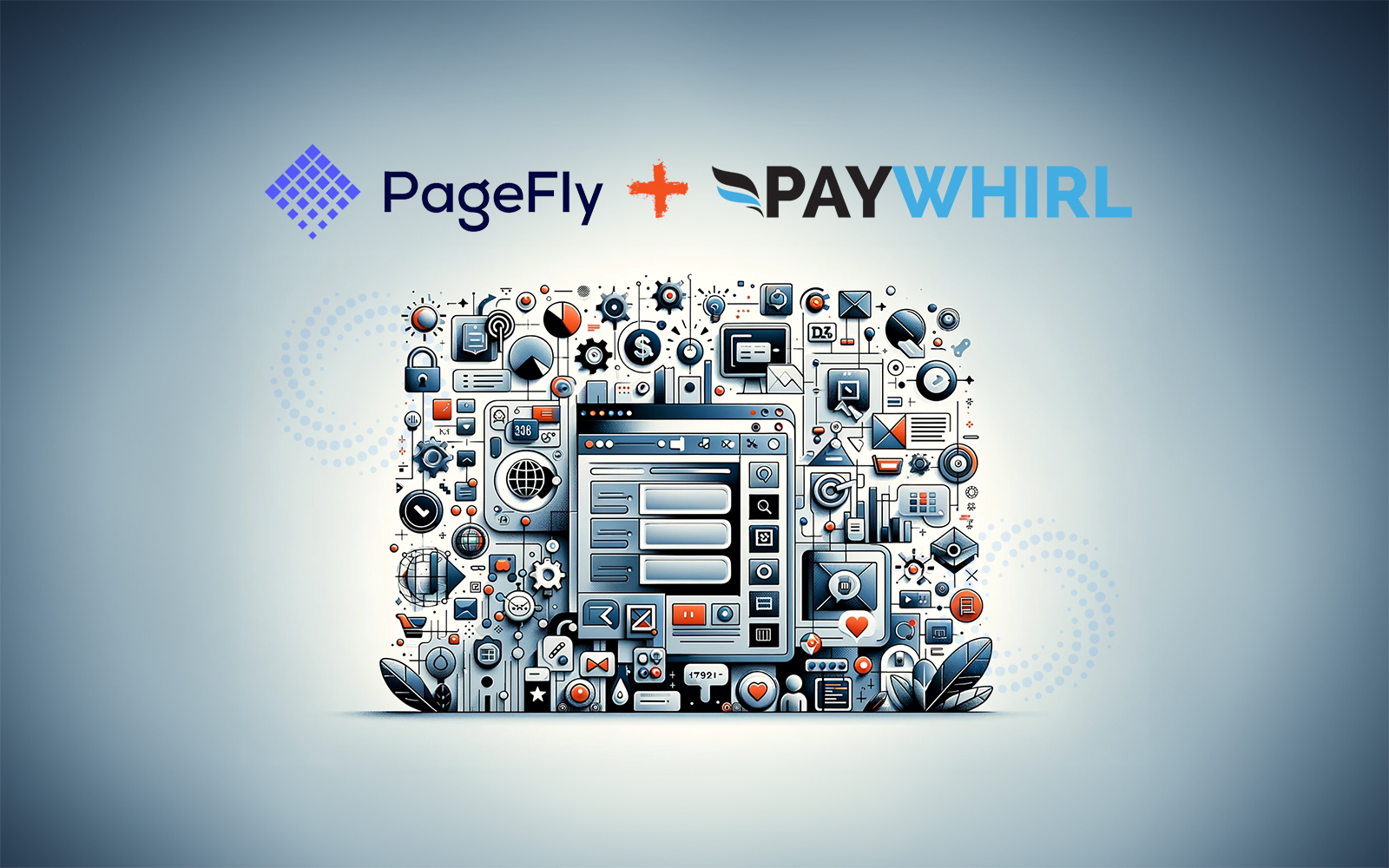The way consumers pay for things has always kept pace with technology. The recent growth of digital commerce is transforming consumer payment methods like never before. Payment plan options are not just for memberships, car, utility, and loan payments anymore. Recurring payment options are common in the eCommerce world. Both customers and businesses benefit from having such options, and so it’s considered a win/win scenario for most businesses.
Increase Revenue
Recurring payment options are a great way to: mitigate late payment issues, make invoicing easy, provide flexibility to customers, and collect payments on time without chasing down customers. Offering payment plan options can boost sales, increase cash flow and provide freedom for customers. Letting customers break down large purchases and choose a pay rate matching their financial ability is a significant option. It also helps close sales a business would not have if payment options weren’t in place.
The e-commerce industry is growing faster than other channels and is expected to reach $.5 trillion this year (2018). The growth of mobile commerce has an even more impressive forecast, expected to almost double, reaching $242 billion by 2020.
Payment options are useful with expensive products people want but ultimately are intimidated by the price. They allow customers to pay for things they really want but can’t purchase with a single payment. Offering payment options increases the average purchase value and could mean the difference between a customer leaving and purchasing. Up to 30% of customers would have passed on a big ticket purchase without a 6-month financing offer.
Example: Adobe Photoshop
From its original concept, developed in 1988, to the introduction of the Creative Suite in 2002 and expansion in 2013 to the Creative Cloud; Adobe has transformed their product and the ways you can purchase and use them. You used to have to buy the whole program and then use it. As more program options were introduced for graphic design, video editing, and web development, they needed to develop a way for the various users to purchase the license to use each program specific to their industry.
In 2013, with the Creative Suite’s introduction, they changed the licensing scheme to a SaaS (Software as a Service) rental model offered on a monthly or annual subscription service. They have subscription plans geared and priced for: individuals, businesses, students or teachers, and for schools or universities. They also allow you to try the program and decide whether you want to buy in.
Their payment options for desired products also expanded as their products expanded, getting more industry-specific and expensive. They became affordable for all customers no matter their interests, industry, or budget.
Offering payment options not only helps customers, they provide businesses with a stable, predictable source of revenue. Businesses have more payment platform options than ever, each with advantages and disadvantages depending on your industry. When deciding to offer recurring payment options or switching payment platforms make sure the company you choose provides the key features you need.
For example:
PayWhirl provides options at checkout like: subscriptions, build a box, digital goods, payment plans (layaway), and custom recurring donations. All of which you can customize per your industry and company needs.
Loyal Convenience
Offering customers payment options is an important convenience and increases a customer’s perceived value. Things like: the ability to skip subscription installments, adjust options between shipments, switch payment methods, or cancel without contacting anyone they will love. Customers become hesitant if they feel they have no control over their accounts. Flexibility eases this uncertainty about setting up a payment plan to purchase products/services. Consumers who feel they can work with a business to make payment arrangements are more likely to commit and be loyal.
Recurring revenue is the driving force behind the trend that has started around “default payments”. These are payments made with Credit Card, Debit Card, and Bank Account details that have been stored for ongoing and future transactions.
According to the Deloitte Center for Financial Services study: 84% of all digital payment transactions are Default Payments
They’re the dominant mode of payment used extensively in online shopping with mobile apps and mobile wallets at the store. In line with current trends, default payments on eCommerce sites and mobile apps/wallets is expected to increase over several years.
This study found 74% of payments made on websites were made using default payment options, and 87% of payments for in-app purchases. Discretionary payments are dominant here and are expected to increase.

Of the 84% of transactions that are classified as “Default Payments,” only 30% are non-discretionary. This means payments that are a fixed part of a consumer’s budget for ongoing expenses like utilities, mortgage/car payments, etc. That leaves 54% of the Default Payments as discretionary. This means customers have more budgetary discretion depending on cash flow and credit appetite. These payments are mainly made on websites and online marketplace sites.

Reduce Churn
Offering payment options that lead to Default Payment methods being set up is attractive to all age groups. Millennials (18-35 years old) are comfortable using default payment options, and GenXers (35-55 years old) account for the highest share of spending through default payment options. Since the age range of consumers is so vast, it’s important to accept all forms of payment options. This isn’t just for convenience; you don’t want to lose customers because you only accept one or two forms of payment.
According to the Deloitte Center for Financial Services Study:
- 46% of Default Payments were made through Bank Accounts
- 20% with Debit Cards
- 34% with Credit Cards
So what does this all mean?
Payment plans, like default payments, are the dominant mode of payment now and will continue. Merging physical and digital worlds, coupled with eCommerce acceleration, will ensure default payments relevance for decades to come.
Now is the time for payment providers and retailers to develop strategies that take advantage of this consumer behavior. Capitalize by staying ahead of the curve.




